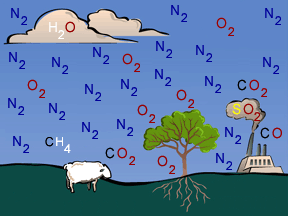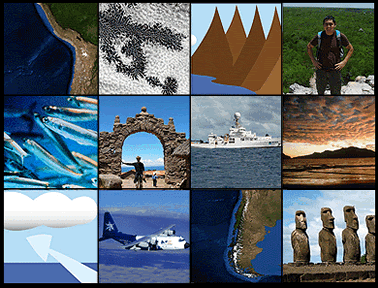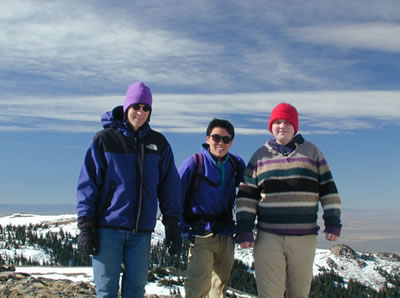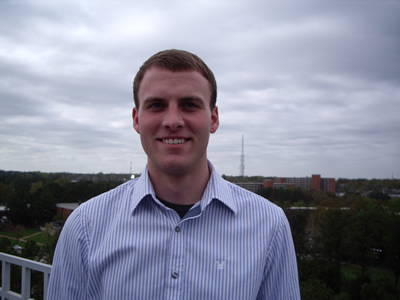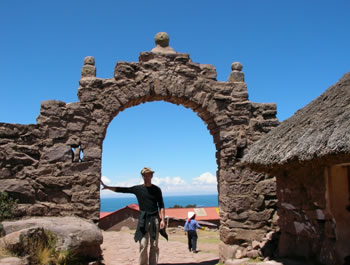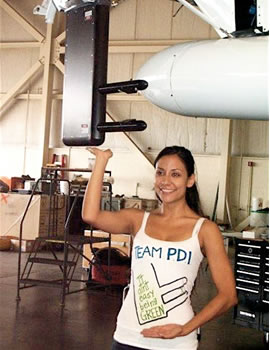
Image Courtesy of Dione Rossiter
Who is involved in VOCALS?
Would you like to be a scientist? The VOCALS scientists are good at doing many different things. They use all kinds of instruments located on ships, aircraft, and the land.
- Meteorologists study the weather and weather forecasting.
- Climate scientists study the climate, including how it changes over time.
- Atmospheric chemists study chemicals in the air.
- Atmospheric physicists use physics to study the atmosphere.
- Aircraft pilots, ship captains, mechanics, software engineers, and many other people provide important support to the scientists.
The scientists are lucky to have help from computer programmers, aircraft pilots, ship navigators, machinists, engineers, and travel planners. Before VOCALS begins, they all work in teams to plan their activities. They must be sure every one takes measurements at the right times and that no one is injured as they work.
You can find out what it is like to be a scientist by reading their stories. Also, check out the postcards from VOCALS scientists. They include photos of people doing many interesting things.
 |
|
|---|---|
Katie Beem Colorado State University |
Jacqueline Lim National Center for Atmospheric Research |
Wiesje Mooiweer Bryan University of Wyoming |
David Painemal University of Miami |
Carlye Calvin National Center for Atmospheric Research |
Dione Rossiter University of California, Santa Cruz |
Dr. Patrick Chuang University of California, Santa Cruz |
Dr. Jeff Snider University of Wyoming |
Jake Crouch North Carolina State University |
Dr. Cynthia Twohy Oregon State University |
| Dr. Boris Dewitte Institute for Research and Development, Peru |
Dr. Robert Wood University of Washington |
Dr. Chris Fairall NOAA's Earth System Research Laboratory |
Dr. Chris Zappa Columbia University |
| Rhea George University of Washington |
Dr. Paquita Zuidema University of Miami |
Lelia Hawkins Scripps Institution of Oceanography |
|







